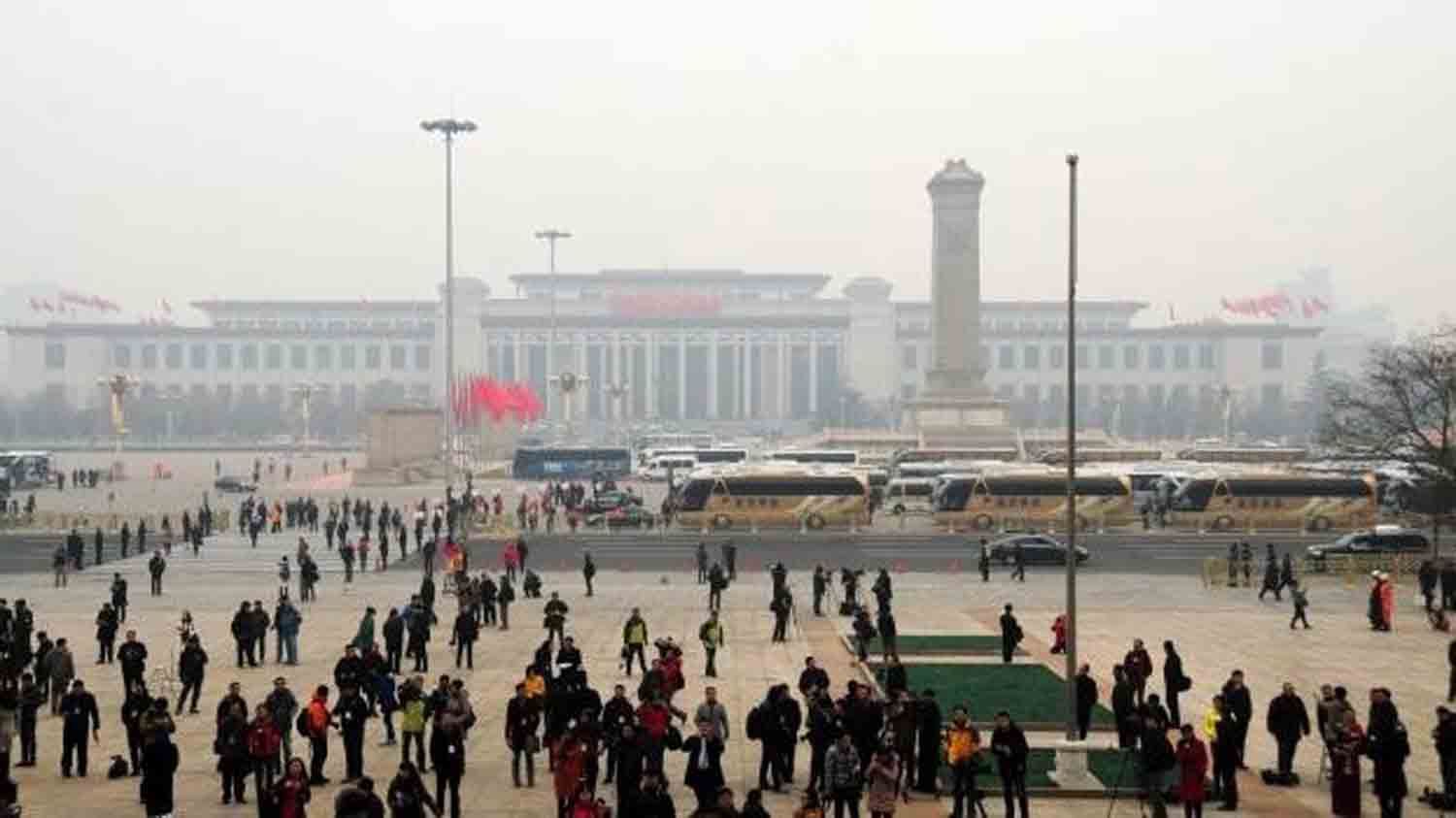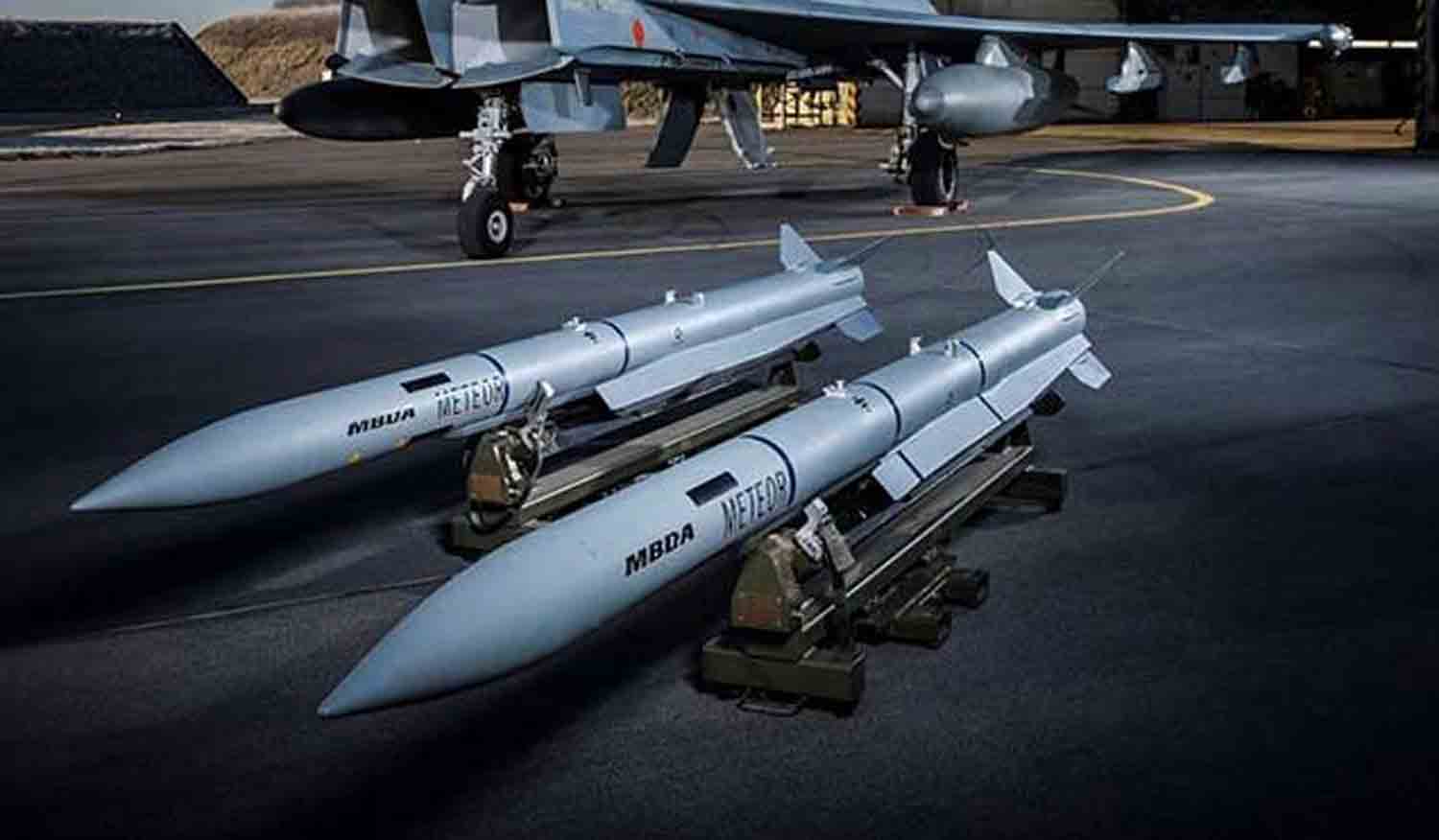China is actively pursuing global dominance in critical defense and military technologies, with projections indicating that by 2049, the People’s Liberation Army Navy (PLA-N) will be on par with the U.S. Navy.
The nation is constructing significant power symbols that could rival those of the United States. The most recent development is a wartime military command center anticipated to exceed the Pentagon in size, aiming to become the largest military command facility in the world—potentially ten times larger than the Pentagon.
Located in western Beijing, this expansive military complex will feature bomb-proof bunkers designed to protect top civil and military officials, providing a refuge in the event of a nuclear strike. U.S. intelligence suggests that this facility will function as a command center during wartime.
Satellite imagery reveals a sprawling construction site of approximately 1,500 acres, situated 30 kilometers southwest of Beijing, characterized by deep excavations.
Construction commenced in mid-2024, with the project referred to as “Beijing Military City.” An imagery analyst noted that over 100 cranes are currently operating across a five-square-kilometer area to establish the underground infrastructure.
As the Chinese military approaches its centenary in 2027, the scale of this sensitive military installation aligns with Xi Jinping’s aspirations to assert China’s strength against the U.S. The doomsday bunker is intended to protect Chinese leadership from American bunker-busting munitions.
This timeline coincides with expectations that China will be prepared to launch an attack on Taiwan.
A former U.S. intelligence officer, as reported by the Financial Times, stated that Chinese leaders may believe this new facility will enhance their security against U.S. bunker-buster munitions and even nuclear threats.
The People’s Republic of China is set to commemorate its centenary in 2049, with aspirations to establish a “world-class military” by that time. A report from the Russian International Affairs Council (RIAC) titled “China 2049: A Futurological Analysis” suggests that the People’s Liberation Army (PLA) will have significantly progressed, boasting a substantial fleet of aircraft carriers, missile-equipped ships, and amphibious assault vehicles.
Additionally, China is striving to secure a “decisive advantage in key areas of military technology,” focusing on advancements in hypersonic weapons and artificial intelligence (AI).
In terms of nuclear capabilities, China is enhancing its arsenal, with projections indicating it could possess approximately 1,500 nuclear warheads by 2035. As of January 2024, the Stockholm International Peace Research Institute reported that China had around 500 nuclear warheads, compared to the United States’ 3,708 and Russia’s 4,380.
China is investing heavily in the development of nuclear submarines and strategic aviation, which may surpass the United States’ ability to ensure security for its allies in the Asia-Pacific region.
However, despite its expanding military strength, China faces challenges related to integration and network-centric operations. The nation’s extensive command center is anticipated to help mitigate this vulnerability.
The current headquarters of the People’s Liberation Army (PLA), while newly established, is not intended to serve as a secure command center, according to American intelligence assessments. The primary secure command facility for China is located in the Western Hills, a structure that dates back to the Cold War era. The scale of the new headquarters reflects China’s growing ambitions.
China Strives for Military Superiority Over the United States
The 2024 Chinese Military Power Report (CMPR), published by the U.S. Department of Defense (DoD) on December 18, 2024, emphasized China’s intensified efforts to achieve military dominance over the United States.
The report pointed out that Beijing has significantly increased its military investments, focusing on its nuclear capabilities, naval strength, technological advancements, and personnel management. It documented China’s resolute initiatives to broaden the range of capabilities available to the PLA while enhancing the overall quality of its military forces.
According to the Department of Defense’s analysis of China’s nuclear arsenal, Beijing is estimated to have over 600 operational warheads, having augmented its stockpile by 100 in the past year. Additionally, China has made substantial investments in nuclear-capable submarines, bombers, and missile silo fields.
China is diversifying its nuclear arsenal, providing the country with a wider array of options during crises, which includes low-yield ‘precision’ weapons as well as intercontinental ballistic missiles (ICBMs) that can target both military and civilian sites within the continental United States.
China’s Navy undeniably holds a numerical advantage over the US Navy. The evolution of the People’s Liberation Army Navy (PLAN) into a sophisticated multi-carrier force is underscored in the 2024 China Military Power Report (CMPR).
The PLAN has made substantial investments in a new generation of amphibious assault ships, nuclear-powered attack submarines, and advanced auxiliary vessels. Additionally, the launch of the Fujian aircraft carrier class in 2022 marks a significant milestone. These advancements are aimed at positioning the PLAN as a global expeditionary force in the future.
Simultaneously, the PLA Air Force (PLAAF) is swiftly modernizing and developing its aircraft and unmanned aerial systems to align with US capabilities.
In 2023, the PLA reallocated key components of the PLA Navy’s shore-based, fixed-wing combat aviation units, along with associated facilities, air defense, and radar units, to the PLAAF. This transition is designed to enhance command and control over China’s integrated air defense systems and the ground-based radars that support the national air defense network.
China’s enduring national strategy aims for “the great rejuvenation of the Chinese nation” by 2049. In 2023, the country articulated its military strategy to emphasize a more prominent global role while advancing its development, security, and sovereignty objectives. Beijing has increasingly demonstrated a willingness to utilize military pressure and coercion to achieve these aims.
Discover more from Defence Talks | Defense News Hub, Military Updates, Security Insights
Subscribe to get the latest posts sent to your email.





